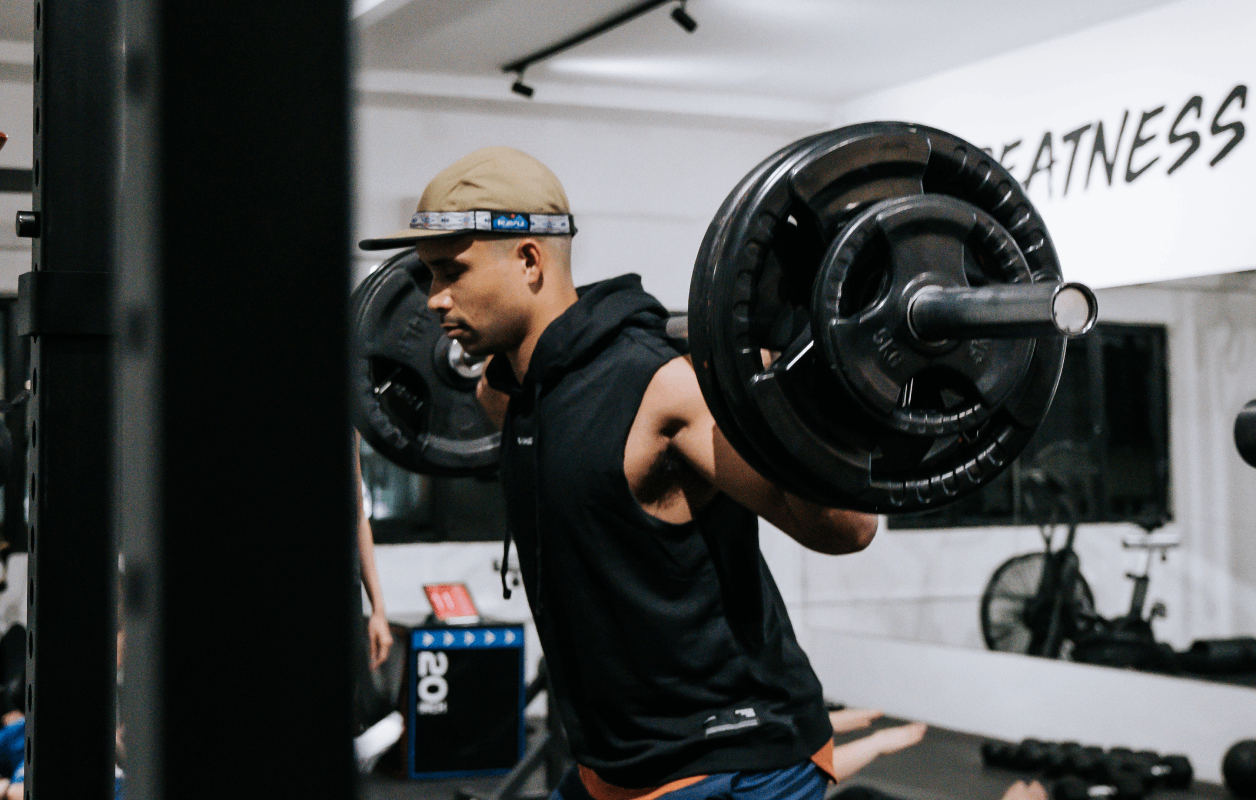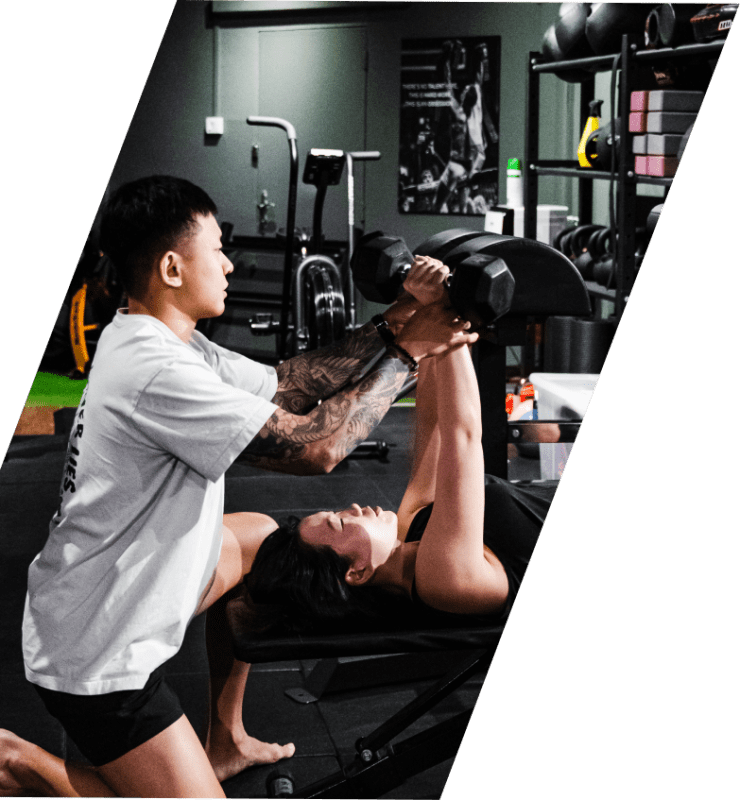Squats are one of the most effective and popular exercises when it comes to building lower body strength and muscle mass. There are many different variations of squats, including front and back squats, which are two of the most commonly performed types. While both exercises target the legs, they differ in terms of technique, muscle activation, and overall benefits. In this article, we’ll dive into the differences between front and back squats to help you determine which one is right for you.
Technique
One of the most noticeable differences between front and back squats is the placement of the barbell. In a back squat, the barbell is placed on the upper back, across the trapezius muscles. The lifter then squats down, keeping their chest up and their weight in their heels. In a front squat, the barbell is placed on the front of the shoulders, with the lifter’s elbows pointed forward. The lifter then squats down, keeping their chest up and their weight in their heels.
The different barbell placement in front and back squats results in different body positions and movement patterns. In a back squat, the lifter is able to maintain a more upright torso position, which places less stress on the quads and more stress on the glutes and hamstrings. In a front squat, the lifter is forced to maintain a more upright posture, which puts more emphasis on the quads and less on the glutes and hamstrings.
Muscle Activation
As mentioned above, the different body positions in front and back squats result in different muscle activation patterns. While both exercises work the entire lower body, they place different amounts of stress on different muscle groups. In a back squat, the quads, glutes, and hamstrings are all heavily involved. The quads are particularly activated due to the more upright torso position, while the glutes and hamstrings are activated to a slightly lesser extent.
In a front squat, the quads are the primary muscle group being worked. The more upright torso position places greater emphasis on the quads, while the glutes and hamstrings are activated to a lesser extent. Additionally, the front squat places more stress on the core muscles, as the lifter must maintain a more upright posture throughout the movement.
Overall Benefits
Both front and back squats have numerous benefits, but they differ in terms of what they’re best for. Back squats are great for building overall lower body strength and muscle mass, particularly in the glutes, hamstrings, and quads. They can also help improve squatting technique and form, as the more upright torso position allows for greater depth and range of motion.
Front squats, on the other hand, are great for targeting the quads specifically, as well as improving core strength and stability. They can also help improve posture and balance, as the lifter must maintain a more upright position throughout the movement.
Which One is Right for You?
Ultimately, whether you choose to do front or back squats will depend on your personal fitness goals and preferences. If you’re looking to build overall lower body strength and muscle mass, back squats may be a better choice. If you’re looking to target the quads specifically or improve core strength and stability, front squats may be more beneficial.
It’s also important to note that both exercises require proper technique and form in order to be effective and safe. If you’re new to lifting or are unsure about your form, it’s always a good idea to work with a qualified personal trainer or strength coach who can guide you through the movement and ensure you’re doing it correctly.
In conclusion, front and back squats are both excellent exercises for building lower body strength and muscle mass, you just have to pick the right one or you could even incorporate both into your workout routine, depending on which area you’d like to focus on!
Want to learn how to squat? Fill in our enquiry form here or WhatsApp us to book a free trial for group strength classes at Storm Athletic Club!






